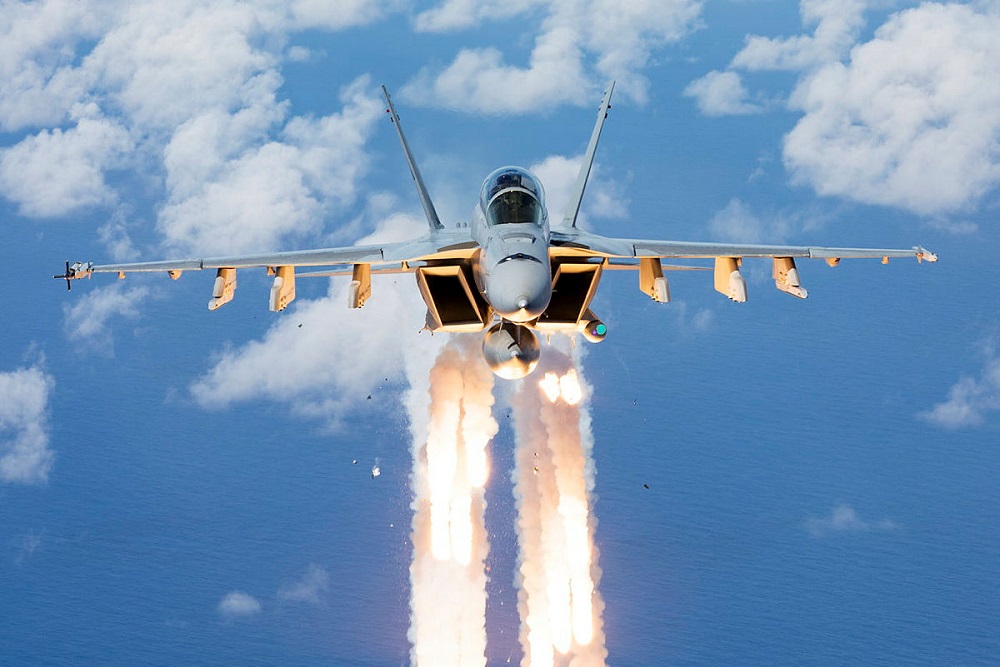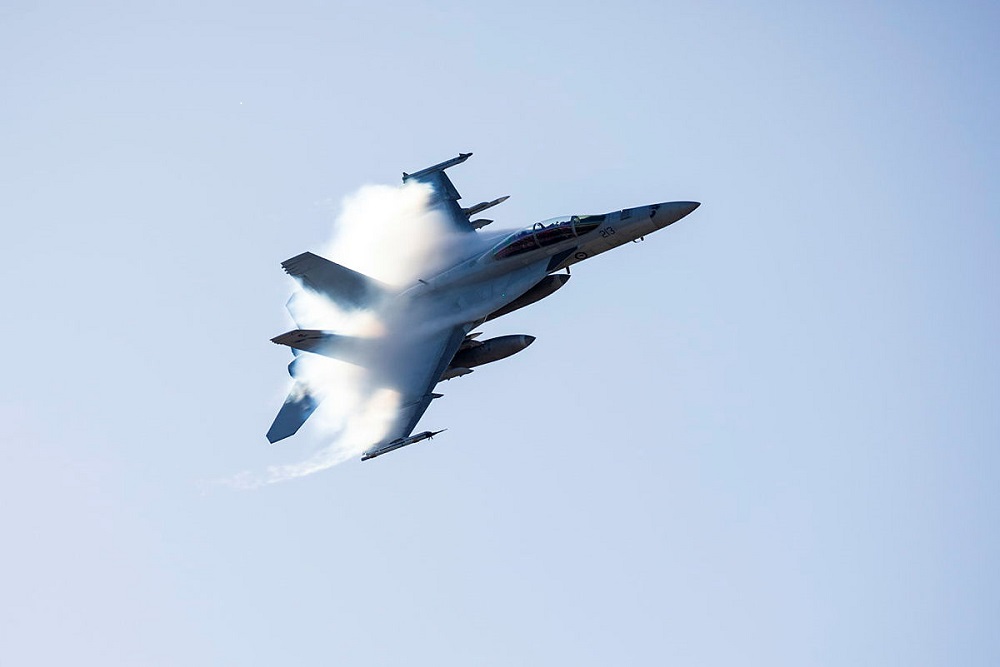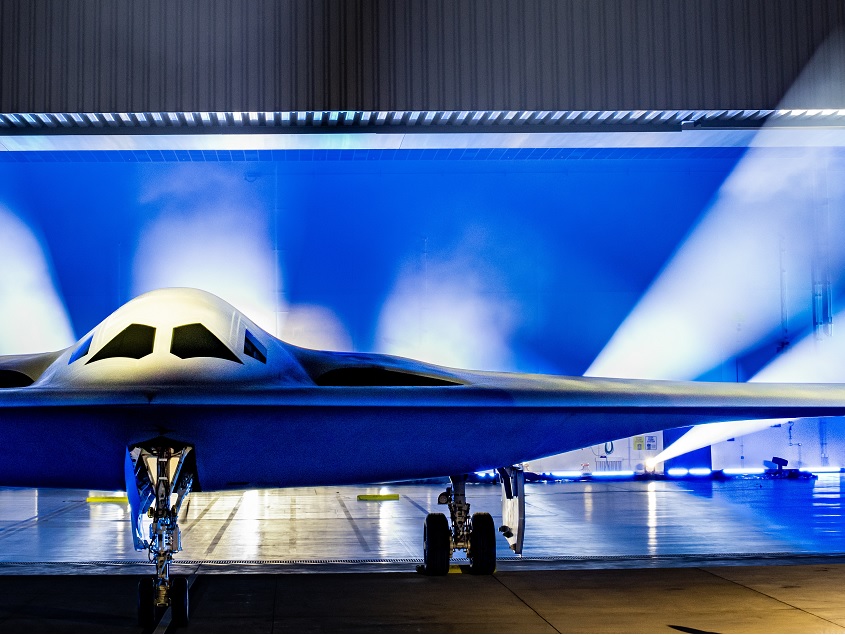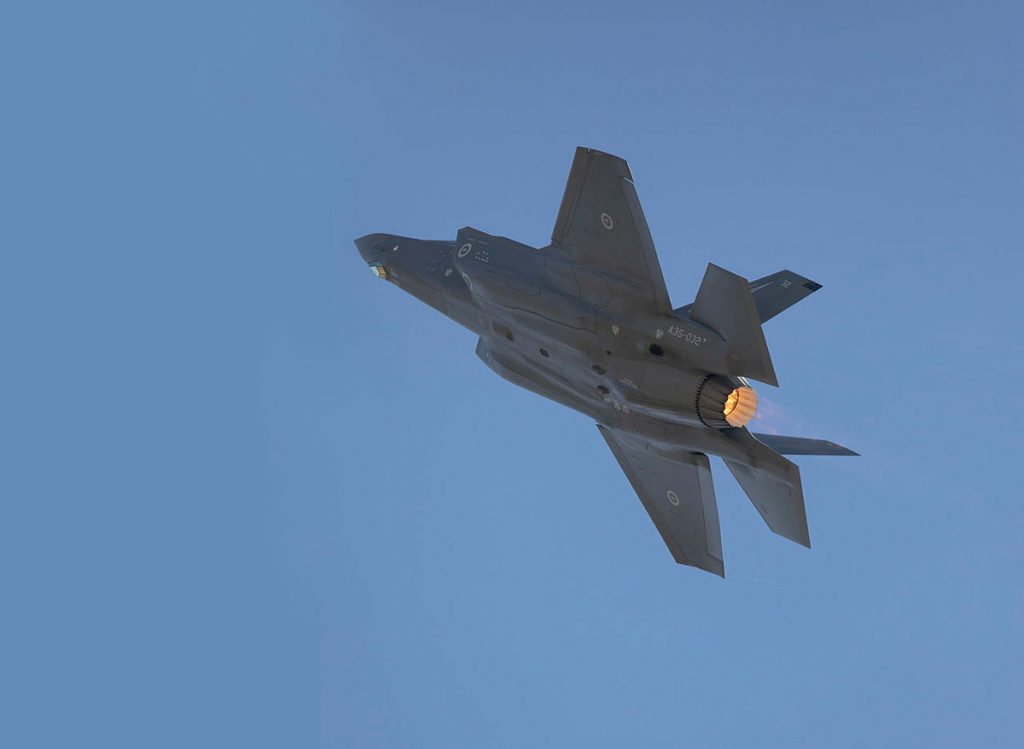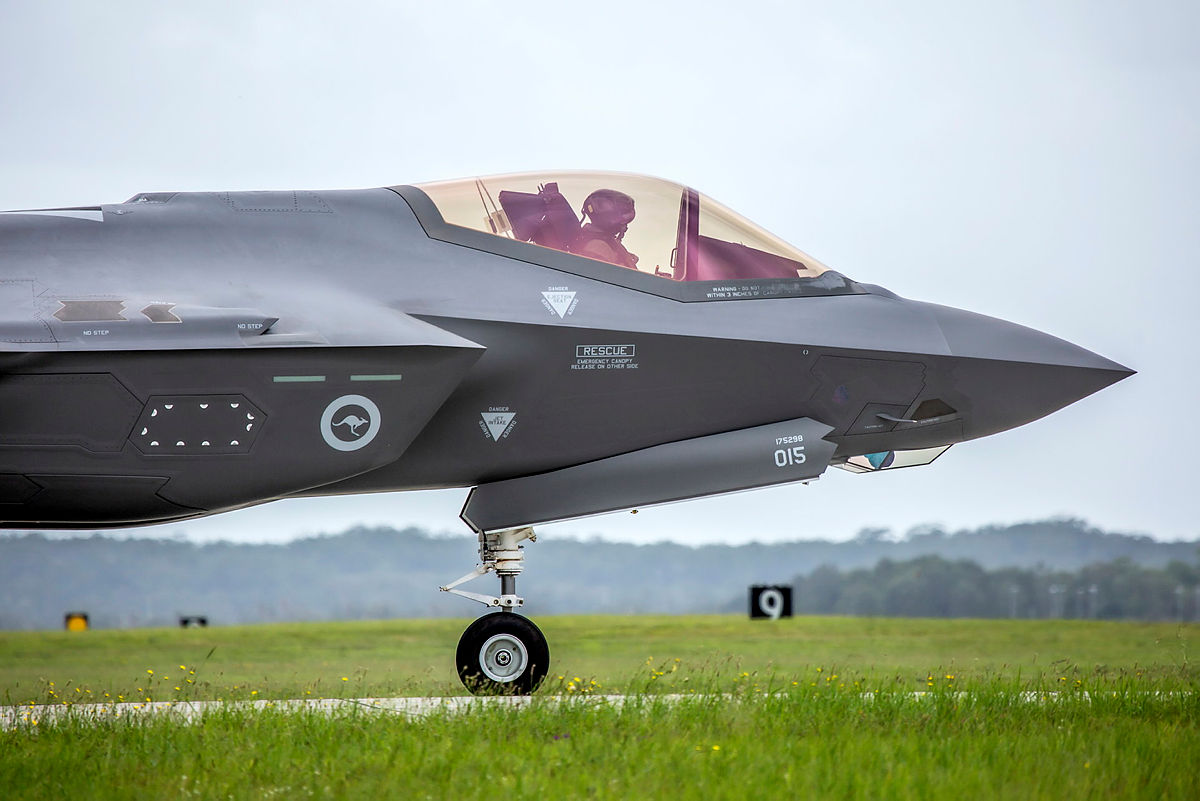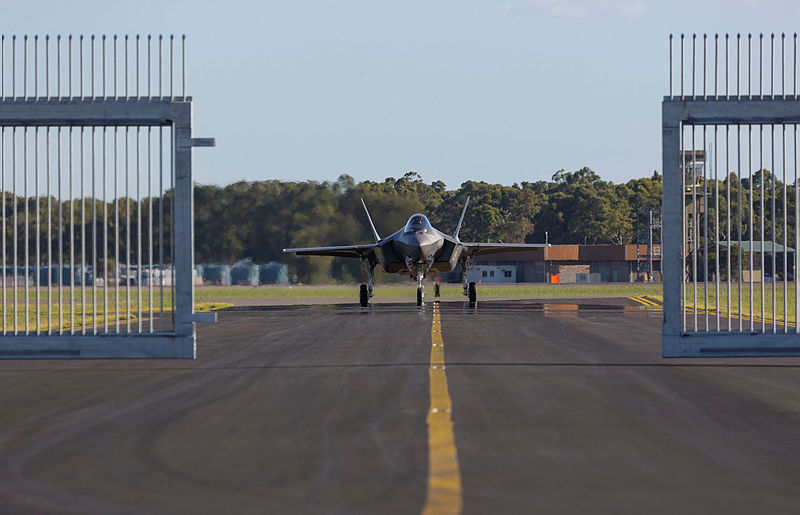US tech-defence leaders want to upend the establishment

Elon Musk wants to cancel the F-35, get rid of manned combat aircraft generally and rely more on drones.
It was no surprise, even without Musk’s comments along those lines, that the US Air Force punted any decision on the Next Generation Air Dominance air-combat project to the next administration. Leadership been undecided about how to proceed and about the impact of the Collaborative Combat Aircraft (CCA) program upon requirements. And the incoming Trump administration has dialled the chaos to 11.
It is not just the nomination of the problematic Pete Hedgseth as secretary of defense. In the closing weeks of the presidential campaign, Musk emerged as a powerful support for Trump, and he has been constantly close to the president-elect since election. Trump has appointed Musk and fellow billionaire Vivek Ramaswamy to run a new Department of Government Efficiency (DOGE): its formal status remains uncertain but it can make its writ run via the Oval Office.
This followed the nomination of JD Vance as vice-president—less than two years after the author and venture capitalist was helped into the Senate by Peter Thiel, founder of data-analysis software firm Palantir and the major backer of defence-technology company Anduril.
The Tech Bros’ hold over the administration would look like a virtual coup even if Trump was an engaged and savvy leader. But Trump has no great reputation for deep understanding of technology.
The tech-defence community, centred around Musk, Thiel and Anduril co-founder Palmer Luckey, have been clear about their intention to reboot the defence establishment—comprising the Department of Defense (DoD), armed services and industry—which they argue has ossified since the end of the Cold War and will be unable to match China.
At the end of October, Palantir chief technology officer Shyam Sankar published 18 Theses for defense reformation. ‘Everyone, including the Russians and the Chinese, has given up on communism,’ Sankar writes, ‘except for Cuba and the DoD. The only problem is that we are bad commies.’
Sankar’s diagnosis is that consolidation has stifled innovation blocked vital change, while leading to poor performance on major programs such as F-35, KC-46 tanker and Sentinel nuclear ballistic missile. His prescription is to break up acquisition and hand it to combatant commands; end cost-plus contracting; and move away from pure-play defence primes to mixed commercial-defence enterprises—like Palantir and SpaceX.
Trump’s Tech Bros could change rules and divert cash from current programs to new systems.
The Pentagon might announce a slowdown and early end to F-35 procurement and a greater emphasis on CCA, while requiring bidders to invest in development—as General Atomics did in the first decade of the century—in return for higher margins. In that case, venture-capital-backed firms will be well positioned to dislodge the major primes.
The Tech Bros will not be dictators. Republican states dependent on Defense don’t want to lose those well-paid jobs, or trade them for automated gigafactories. Most of DOGE’s targeted ‘government bureaucrats’ work for contractors or as civilians on military bases and pay taxes all over the country.
The military itself has been successful at negating or outlasting civilian revolutionaries. (‘Musk is Robert McNamara 2.0.’ Discuss.) Whatever one’s view of the F-35, it can’t be replaced by a quadcopter. The Western Pacific is emphatically not Ukraine and the need for reach—range and speed—sets a limit to small and cheap.
Above all, the armed services need a continuing supply of hardware and can argue against disruption in the face of an imminent threat. They can make a case that civilians have been proclaiming the death of the manned aircraft, the tank and the aircraft carrier for 70 years.
But what if the military sees the White House as a temporary ally, to make politically unpalatable changes? On 5 December, Air Force Global Strike Command chief General Thomas Bussiere was asked about the future of the over-cost and behind-schedule Sentinel: ‘If the nation directs us to do something different … some kind of mobile system,’ Bussiere said, ‘we will develop such concepts.’ But he was far more positive about the need for more B-21s to meet ‘an unprecedented demand signal’ for the bomber force.
The Sentinel program is pouring air force money into holes in the ground (the missile is fine, and the overruns are in silos and bunkers) and stands apart from other missions. The F-35 continues to incur heavy research and development bills. Redirecting resources from money pits into force redesign centred on bombers and bomber-launched weapons—the air force’s first love—while blaming Musk might not be without its appeal.
We are in a moment in US politics like none other since Reconstruction. There is much left to be settled between now and 20 January, Inauguration day, but there are all kinds of revolutionary ambitions in the mix—and the history of revolutions is that the outcome isn’t usually what the instigators planned.



